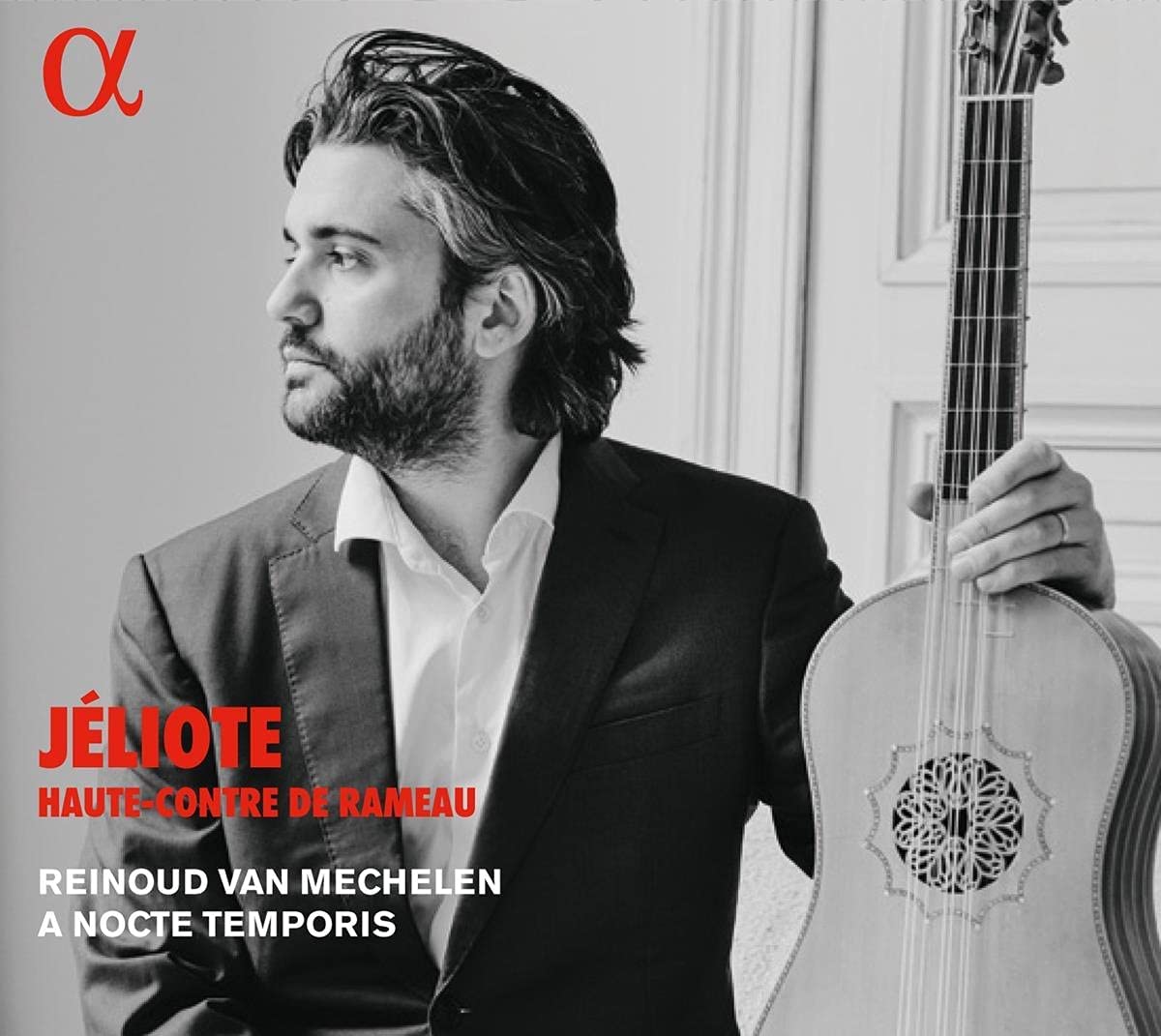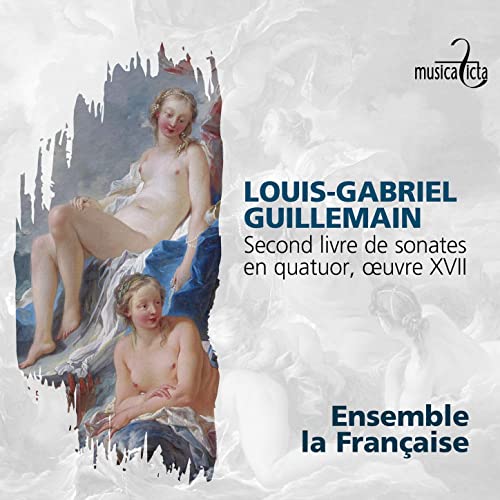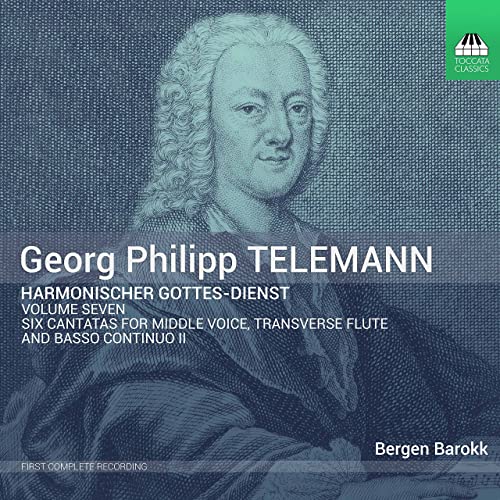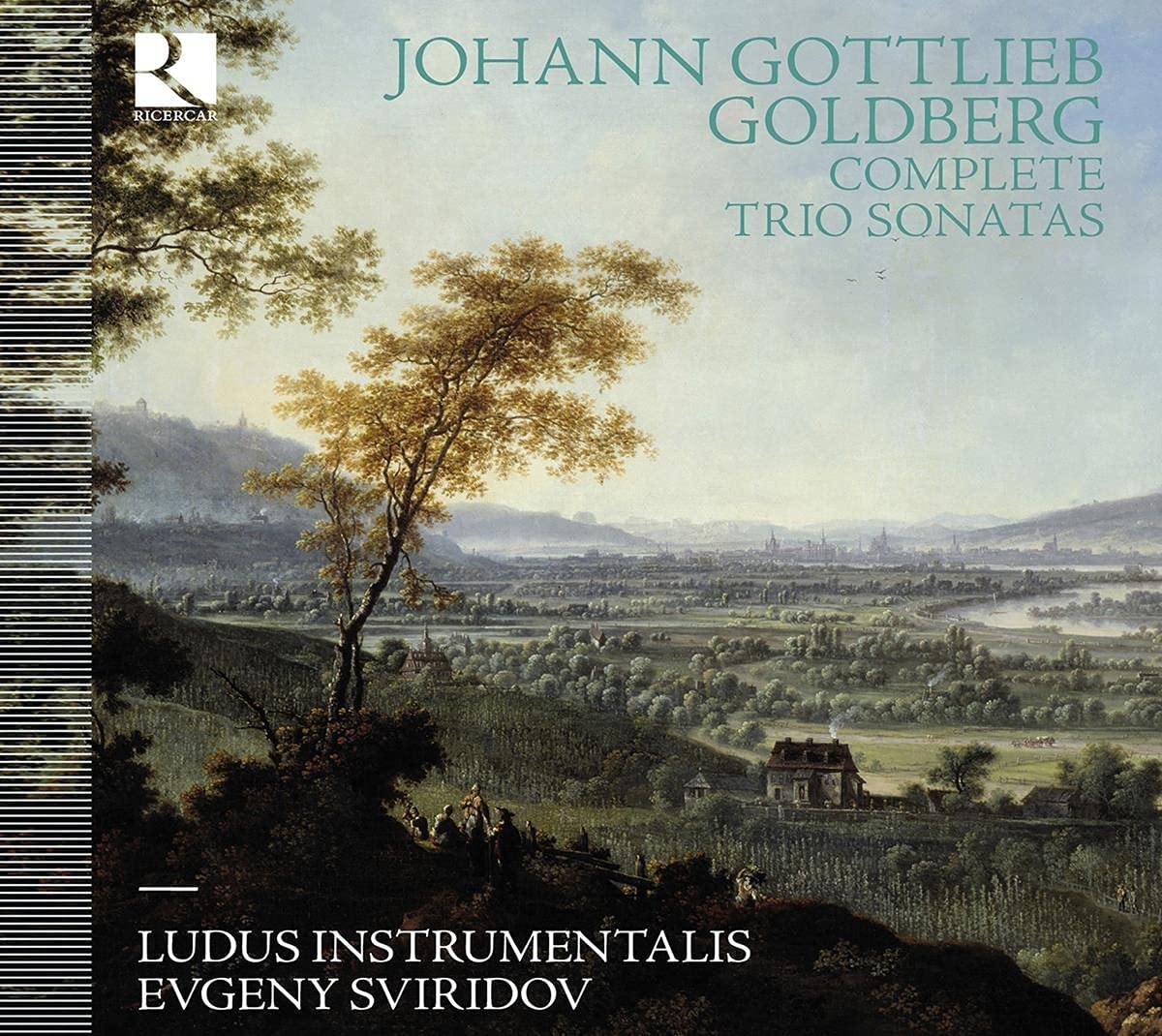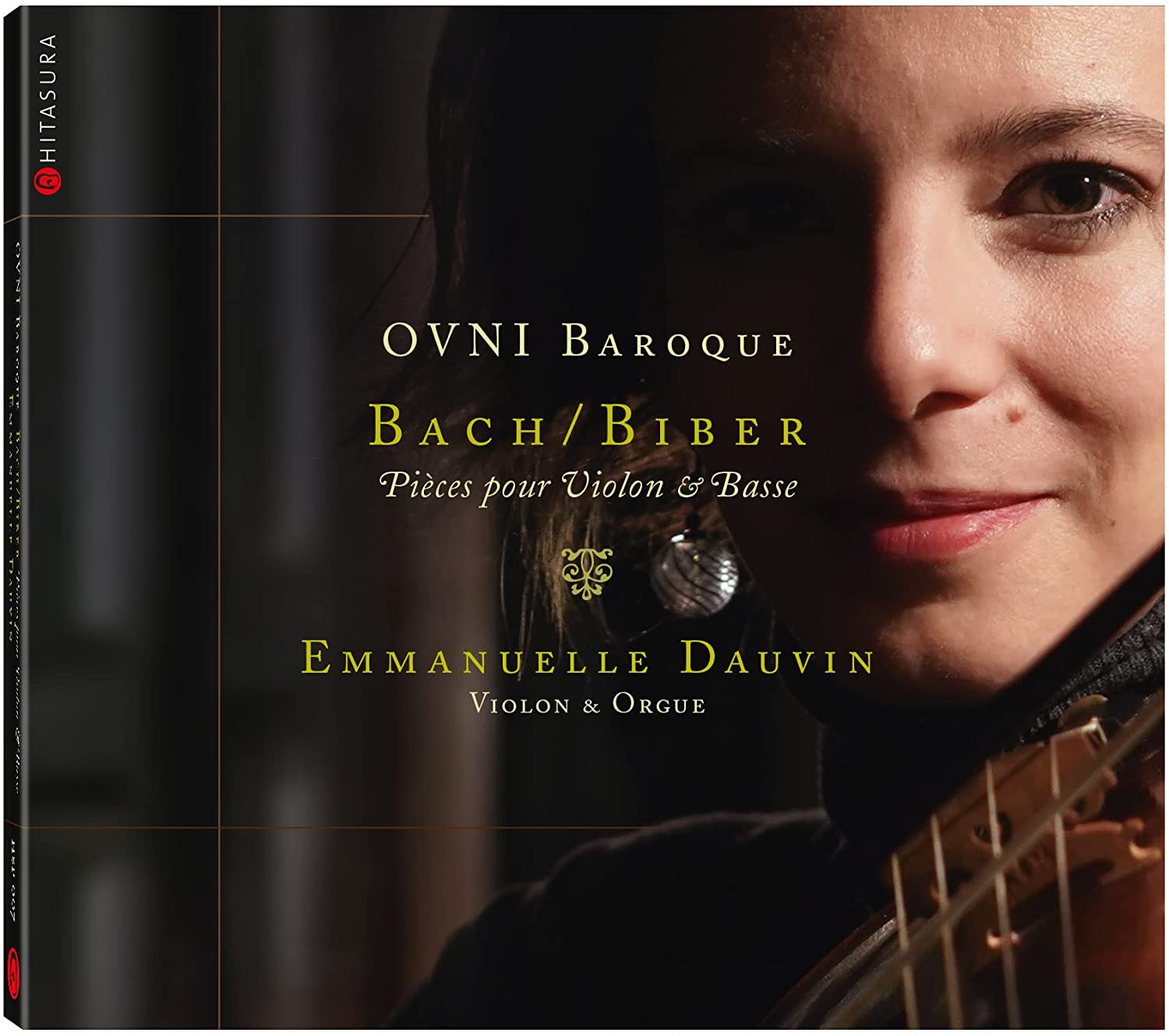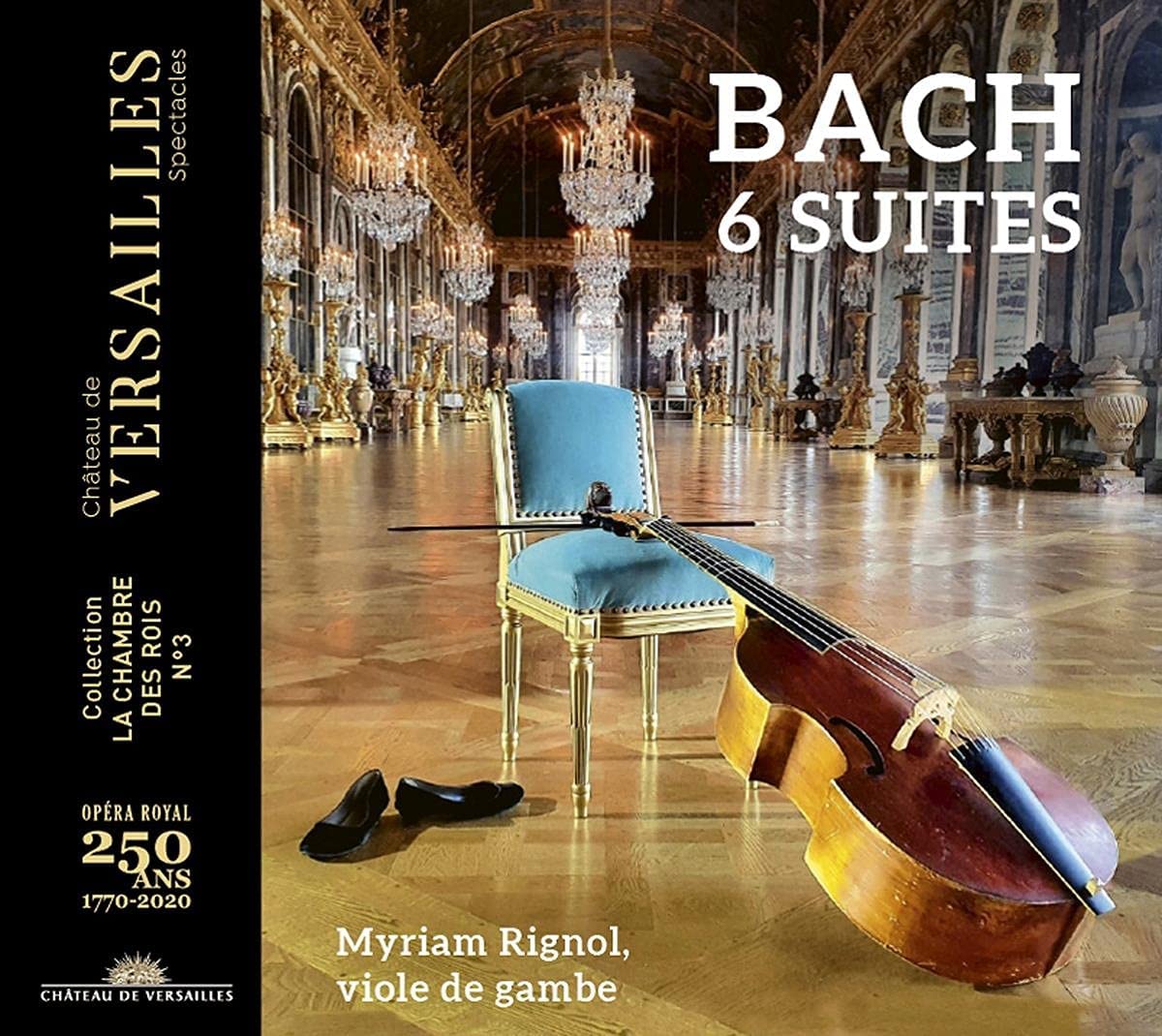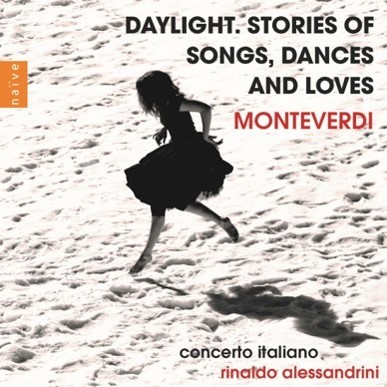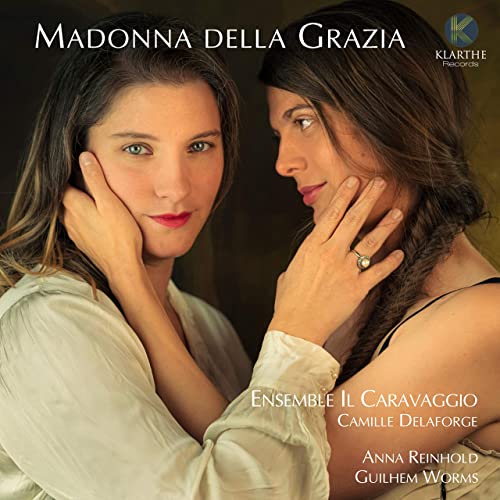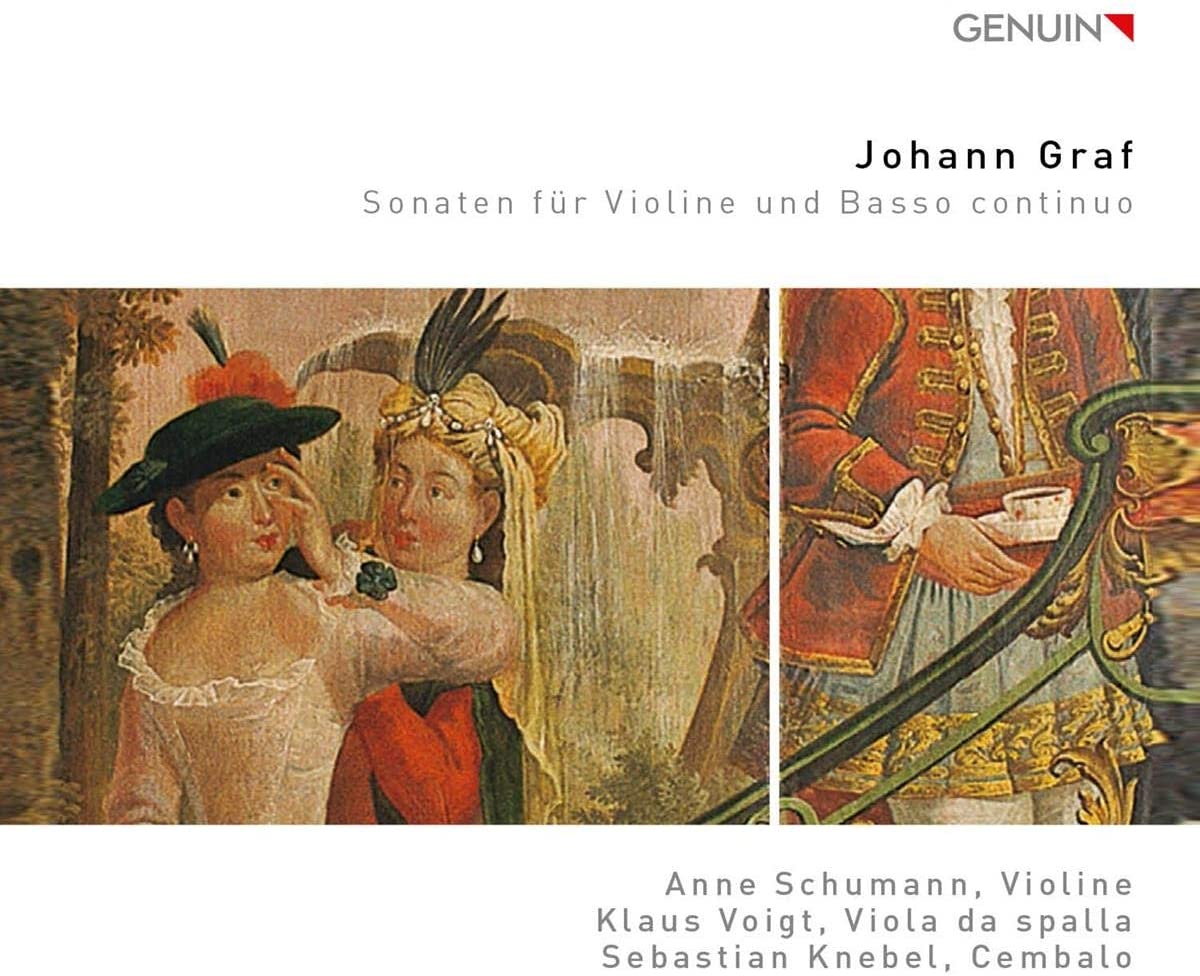Reinoud Van Mechelen, A nocte temporis
78:51
Alpha Classics Alpha 753
Click HERE to buy this recording on amazon.co.uk.
[These links are the only way you can support the site financially and keep it alive…]
CD booklets continue to amaze me, usually in a bad way. Here we have a recording (very good, by the way) in which the heroic tenor/haute-contre is also the musical director but he gets barely a line of credit and no biography. Fortunately Google can supply what Alpha denies us.
This recital surveys the career of Pierre de Jéliote, creator of more than 50 roles, interpreter of yet more, darling of the Opéra, all but indispensable to Rameau and one of the great singers of his day. The programme traces his career from Hippolyte et Aricie to Les Boréades and includes not only airs by Rameau but also by half a dozen of his contemporaries. And there is also an item by M. de Jéliote himself for, to quote the booklet, ‘in addition to being an accomplished musician, he was a composer too’.
This is some of the best singing of this repertoire that I have heard for a very long time. The high tessitura seems no problem to Reinoud Van Mechelen, whose tone is always sweet; he delivers the virtuosic passages with bravura; and overall he has the much-to-be-treasured good taste.
Even if the booklet (French and English) tells us nothing about him, we are at least well-informed about the inspiration for the project and the shaping of the programme, and the texts and translations are given in parallel columns. And a final shout-out for the orchestra, who give the singer unstinting and graceful support and enjoy the various overtures and dances scattered among the vocal tracks.
David Hansell
